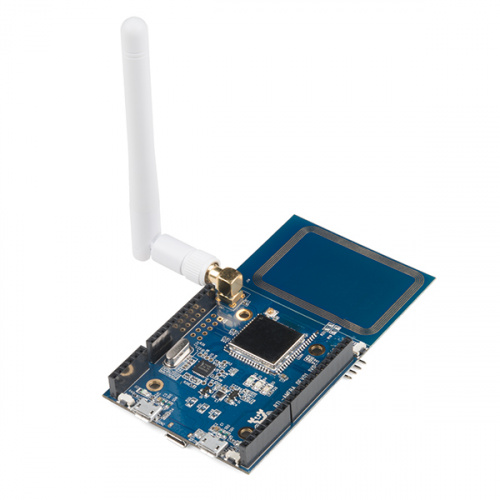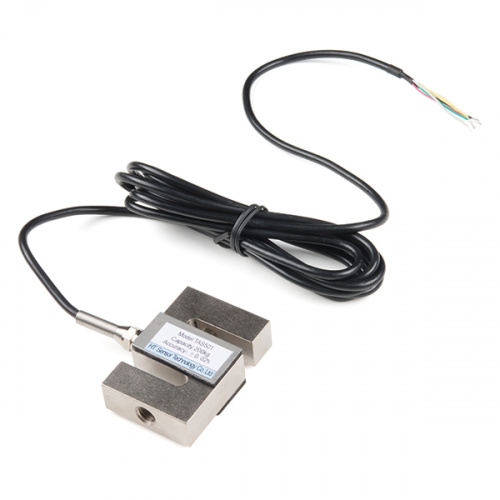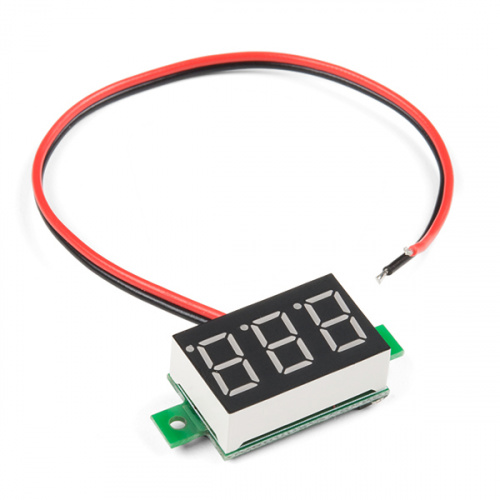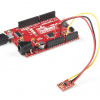Hello, everyone! We are very happy that you've joined us on this fine Friday because we have three all-new products to show off today: the Realtek Ameba Board, which provides you with a great IoT solution; a meter to read how many volts are in a given power supply; and a new S-Type load cell. Let's jump on in!
This is the Ameba Board from Realtek, an IoT solution inside the familiar Arduino form factor. The Ameba Board supports WiFi, GPIO, NFC, I2C, UART, SPI, PWM and ADC operations, and can support Ethernet via Arduino-compatible headers, providing you a great IoT platform for your next project. Thanks to the Ameba Board's multiple interface options, you will be able to connect with multiple different components like switches, sensors, LEDs and more. With the ability to attach Arduino form-factor shields, the Ameba Board provides added functionality to IoT applications!
This S-Type load cell (sometimes called a strain gauge) can translate up to 200kg of pressure (force) into an electrical signal. Each load cell is able to measure the electrical resistance that changes in response and proportion to the strain (e.g., pressure or force) applied to the form. With this gauge you will be able to tell just how heavy an object is, if an object's weight changes over time, or if you simply need to sense the presence of an object by measuring strain or load applied to a surface.
The Digital LED Voltmeter measures the voltage at a particular point of the system it has been hooked up to and then provides a readout on its three 7-segment LEDs. This voltmeter is able to provide a readout of voltages from 2.5VDC to 30VDC within a 1% accuracy.
That's it for this week! Make sure to stop by next week for a mouth full of new Pi products. As always, we can't wait to see what you make with these parts! Shoot us a tweet @sparkfun, or let us know on Instagram or Facebook. We’d love to see what projects you’ve made!
Thanks for stopping by. We'll see you next week with even more new products!










